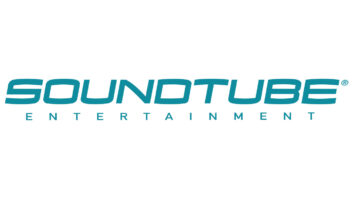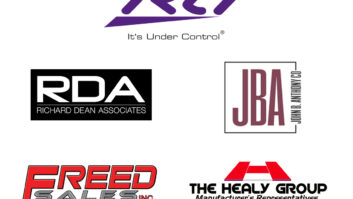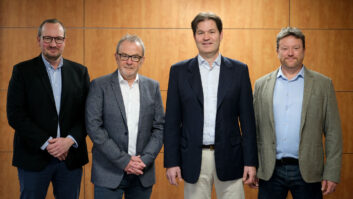Port Washington, N.Y – Apple’s iPhone 3G broke the Motorola RAZR’s 12-quarter run as the country’s best-selling cellphone through consumer channels in the third quarter, when industrywide handset purchases by consumers fell 15 percent from the year-ago period to 32 million, The NPD Group said.
The sales figures, which exclude purchases made by corporations and other enterprises, are based on more than 150,000 online consumer research surveys completed each month.
NPD also determined that consumers’ dollar purchases fell 10 percent to $2.9 billion even as average selling prices (ASPs) rose 6 percent to $88 compared to the year-ago quarter. ASPs are rising in part because of growing consumer preference for smartphones and phones tailored for messaging, the company said. Phones with a QWERTY keyboard, for example, experienced the greatest year-over-year sales growth, accounting for 30 percent of handsets sold to consumers in the third quarter compared to 11 percent during the year-ago quarter, NPD found.
“Four of the five best-selling handsets in the third quarter were optimized for messaging and other advanced Internet features,” added Ross Rubin, NPD’s director of industry analysis. The top handsets, based in order of unit sales, were the Apple iPhone 3G, all models of the RAZR V3, all models of the RIM Blackberry Curve, LG’s Rumor, and LG’s enV2.
“The displacement of the RAZR by the iPhone 3G represents a watershed shift in handset design from fashion to fashionable functionality,” Rubin continued.
In-demand functions include digital cameras and text messaging, NPD found. When consumers were asked what features motivated them to buy a specific phone, 43 percent of buyers cited the need for a camera, and 36 percent cited messaging.
The survey also found that the percentage of phones equipped with Bluetooth and MP3 playback continued to rise. In the third quarter, 83 percent of phones purchased were Bluetooth-enabled, up from the year-ago 72, and 68 percent of phones purchased were music-enabled, up from the year-ago 49 percent.
“A growing data divide continues in cellular handsets,” Rubin noted. “Those who see the value in wireless Internet access are justifying the investment, whereas voice-centric users have little incentive to upgrade, which is obviously detrimental to operators who seek to sell data plans and media access services to their subscribers.”













